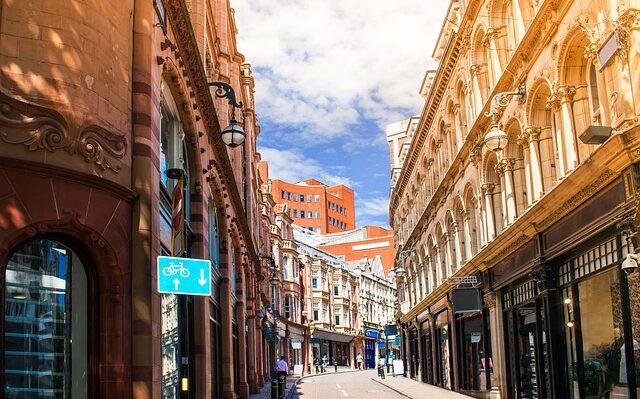
Figures released from accountancy firm PwC on Tuesday showed that there has been a big decline in the number of stores closing in UK high streets.
The number of stores closed in the first six months of 2022 fell to its lowest level in seven years. Despite the decline of around a third, the number of shop openings remains below pre-COVID levels.
PwC produced the research in partnership with the Local Data Company (LDC), which tracks more than 3,000 locations, including High Streets, retail parks, and shopping centres in England, Wales, and Scotland.
Mixed Signals But Heading in Right Direction
In the first six months of the year, over 6,000 stores closed. However, the numbers are far lower on the previous 12 months.
Store openings are yet to pick up and are still lower than pandemic levels. This has resulted in an overall loss of over 2,200 outlets, at an average closure rate of 12 stores a day. This, however, is the lowest number of net closures in half a decade. The first half of the year also some big name casualties including Sir Phillip Green’s Arcadia.
Kien Tan, director of retail strategy at PwC, said:
“The good news is that we’re back on High Streets, there are more people out shopping and eating.”
“But the bad news is inflation hangs over us. It will affect shoppers in their pocket. But it will also affect businesses in terms of higher bills to pay. So there could be more closures to come,”
Kien Tan, director of retail strategy at PwC.
According to the Confederation of British Industry’s (CBI) latest quarterly Distributive Trades Survey, retail is picking up. The survey revealed that year-on-year (YoY) retail sales increased 37% in August. This was the fastest growth in nine months, after posting a 4% decline in July.
CBI principal economist Martin Sartorius said:
“While retail sales returned to solid growth in the year to August, firms remain pessimistic about their business situation over the next three months – to the greatest extent since the first Covid-19 lockdown in 2020. This gloom is reflected in retailers’ investment intentions, which continue to be resolutely negative.
“Firms now need support from the Government in order to encourage investment and create sustainable growth. Crucially, business rates reform and a more flexible apprenticeship levy will help with dwindling business confidence.”
CBI principal economist Martin Sartorius
Encouraging Signs in the UK Retail Sector
Recently, the UK’s Office for National Statistics revealed that retail sales volumes in the country increased by 0.3% in July. This followed a 0.2% drop in June.
Bad weather and train strikes also affected the numbers visiting shops in August which makes the recent figures all the more encouraging.
Elsewhere, up and down the country, efforts are being made by local communities to rejuvinate the UK High Streets. Meanwhile, employment in the retail sector increased 13% in July, compared to 0% in May.
The face of the high street appears to have changed.
The fastest growing openings are by takeaways and fast food establishments. DIY shops recorded the second most openings whilst amusements came in third.
Meanwhile, there were more betting shop closures than any other type of store. Banks and charity shop closures tied for second place.
Is the UK High Street Making a Comeback?
Without doubt the face of the high street in the UK is changing forever. The COVID pandemic decimated much of the service industry and the high streets. However, the switch to convenience and delivery has meant more restaurants and more takeaways.
Once the first lockdown ended, UK retail sales surged and it appears that Brits are still prepared to spend.
British shopping habits are changing and the move to the online world is something that UK retailers will have to always contend with. Yet, the UK High Street survived the pandemic…just, and there are enough signs of recovery to suggest that the UK high street, in whatever form, still has some sort of future.


